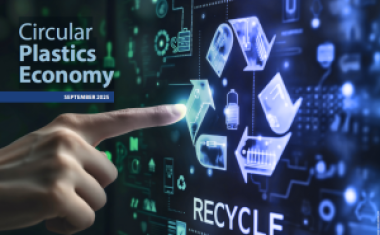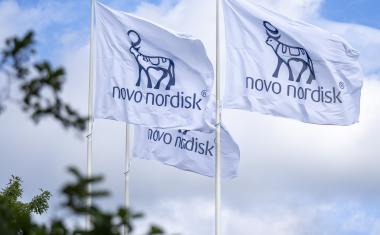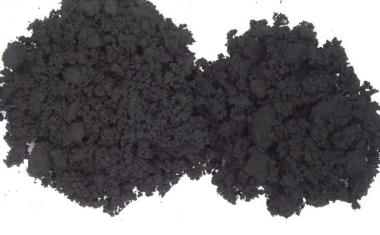Second-Generation Bioethanol Breakthrough Delayed, Novozymes Says
Industrial enzymes producer Novozymes does not expect a major breakthrough in second-generation bioethanol in the United States for another four to five years, a senior executive said on Wednesday.
Novozymes' marketing director for biofuels, Poul Ruben Andersen, told Reuters he now sees no scope for second-generation ethanol to make a U.S. breakthrough until 2014 or 2015.
Earlier this year, Andersen said he did not expect large volumes of second-generation ethanol to be produced until 2012.
Second-generation biofuels are made of plant waste, such as straw or corn cobs and husks rather than from food crops, and the industry is in its infancy. Such fuels can be blended with gasoline to run cars, just like first-generation bioethanol.
Andersen said he expected the first commercial-scale plants to be up and running in 2013.
"The industry will then really start to develop in the years after that - 2014, 2015," Andersen said in a telephone interview. "That's a delay compared to what has earlier been announced," he said.
Novozymes is along with Danish rival Danisco a supplier of enzymes to biofuel producers and has pinned big hopes on growth of second-generation fuel production.
One of the causes of the delay is a postponed decision by the U.S. Environmental Protection Agency (EPA) on whether gasoline blended with up to 15 percent ethanol (E15) is safe for vehicles built between 2001 and 2006, Andersen said.
He said the decision, now expected in January 2011, was eagerly awaited by the industry.
"Then we will see that there is room for second-generation ethanol in the United States," he said.
Bureaucratic Delays
Investments in new second-generation fuel plants have been slowed down because it takes a long time for potential investors to get state loan guarantees, he said.
Furthermore, the subsidy scheme for second-generation bioethanol - the so-called blender's credit - so far only runs until the end of 2012, if it is not renewed.
The lack of visibility as to future subsidies also scared off some potential investors, Andersen said.
Novozymes delivers enzymes that are used to break down the starch in food crops and -- in the case of second-generation biofuels - the cellulose in farm wastes such as straw, corn cobs and stalks, sugarcane bagasse, wood chips or non-food crops such as switchgrass.
















